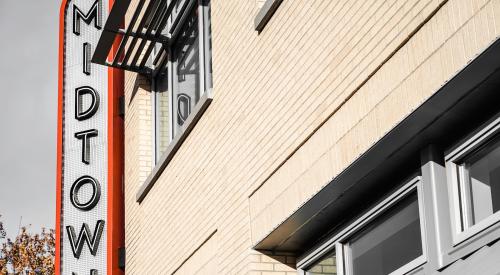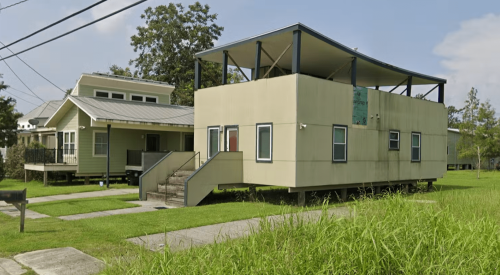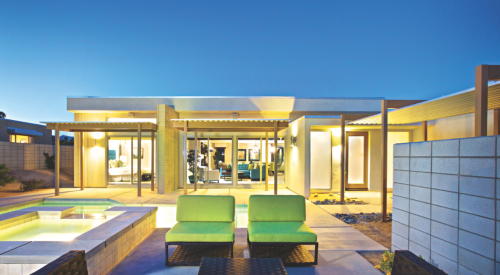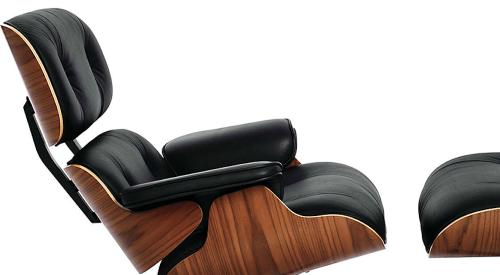Affordable, beautifully designed houses for middle-class Americans were not always the white whales that they are today. Looking back at the Case Study Houses that sparked the wave of low-priced, post-war homes can give builders inspiration on how to cut costs while maintaining a modern design. Leaving low-cost materials such as industrial glass, cement, and plywood exposed saved big bucks on construction, and the houses’ simple designs were easily built and repaired. The homes also worked with the environment: The designers focused on large windows to let in natural light and incorporated sliding fixtures to increase airflow. Learning from the past and finding synergies with today’s designs (looking at you, prefab) can help the builders of today capture that low-cost, high-quality spirit.
The scarcity of affordable housing vexes American communities from Boston to Boulder to San Francisco: while cranes loom over cities, creating ever more glamorous residential architecture, working-class families are priced out of the market. What is called “affordable housing” is, in many thriving cities, simply no longer available. When there is housing available for under skyrocketing market prices, it is, most often, substandard, poorly built and of banal and dispiriting design.
This might be a good time to look back at the Case Study Houses, a concerted effort to provide housing that was affordable, easily built, family-friendly and beautifully designed.
In the early 1940s Arts & Architecture magazine commissioned major architects of the day to design and build economic, easy-to-build model homes for the U.S. residential housing boom caused by the end of World War II and the return of millions of soldiers. Richard Neutra, Raphael Soriano, Craig Ellwood, Charles and Ray Eames, Pierre Koenig, Eero Saarinen, A. Quincy Jones, Edward Killingsworth and Ralph Rapson were some of the designers who took part. Between them, they came up with 36 prototype designs.
Each was to be easily replicable and captured the new ways that people used and lived in the contemporary home: listening to music, watching movies, entertaining and relaxing. These functions led to the introduction of open floor plans and multi-purpose rooms divided between public and private spaces. This quickly became the norm for modern house design.












